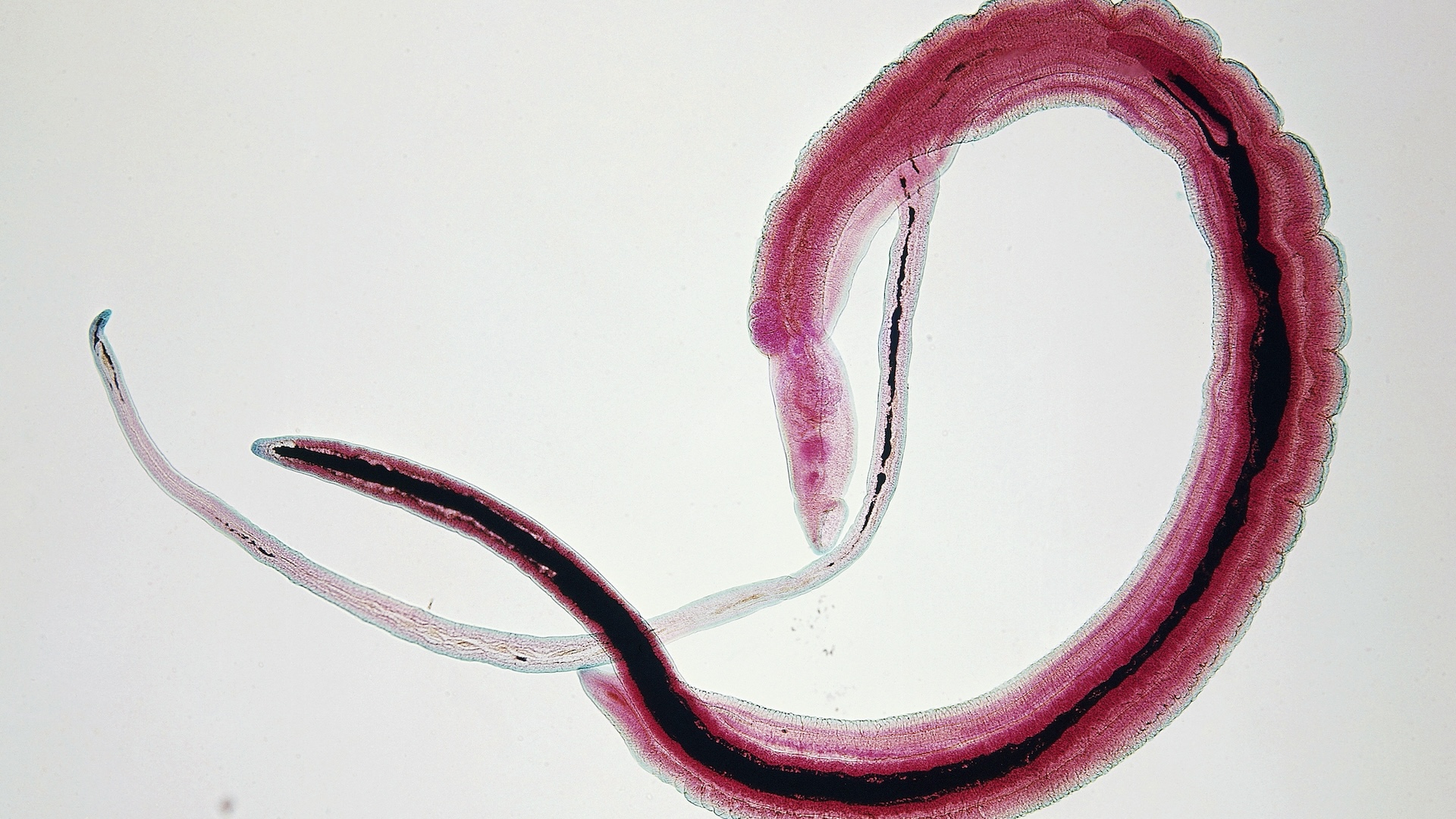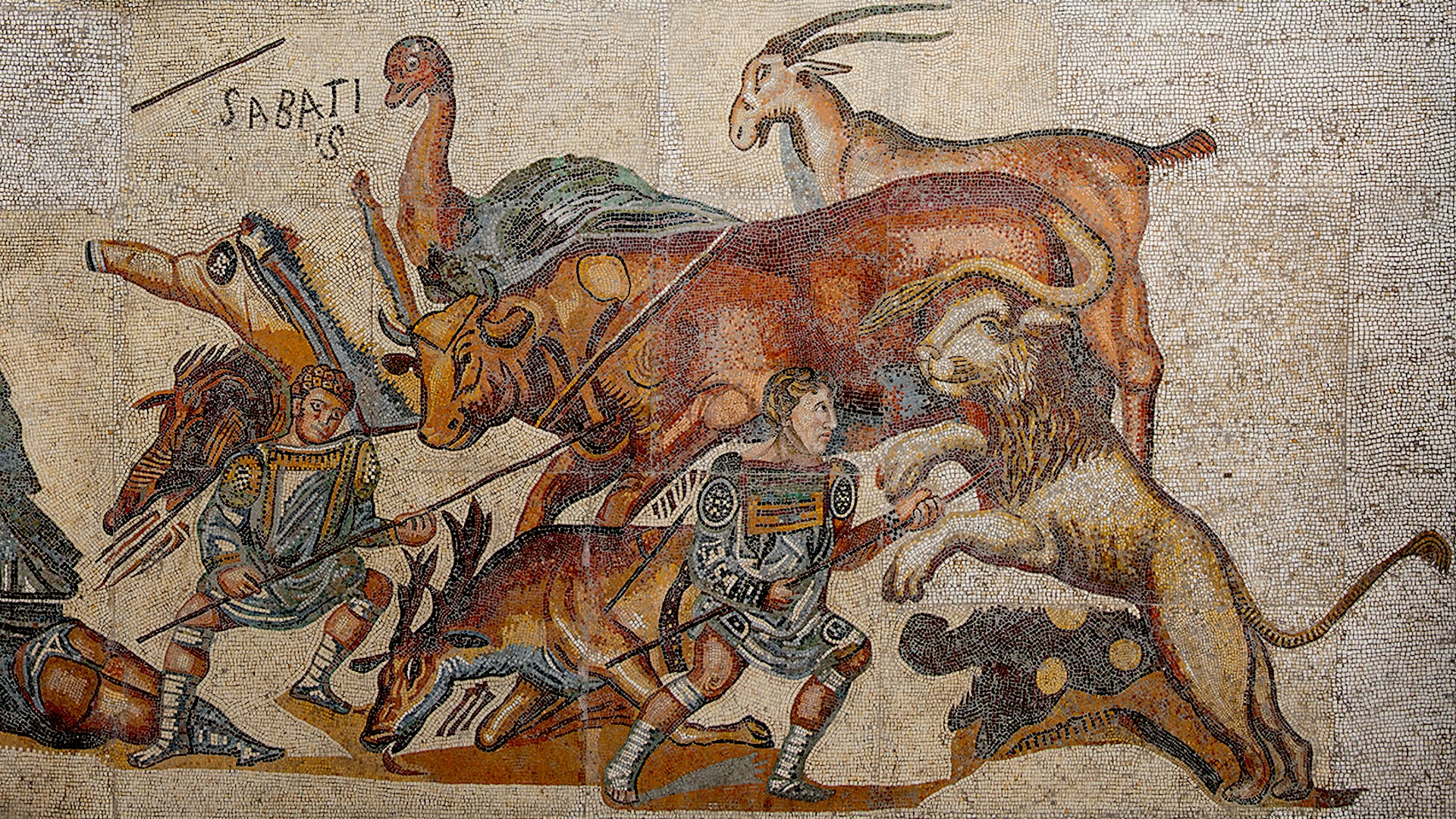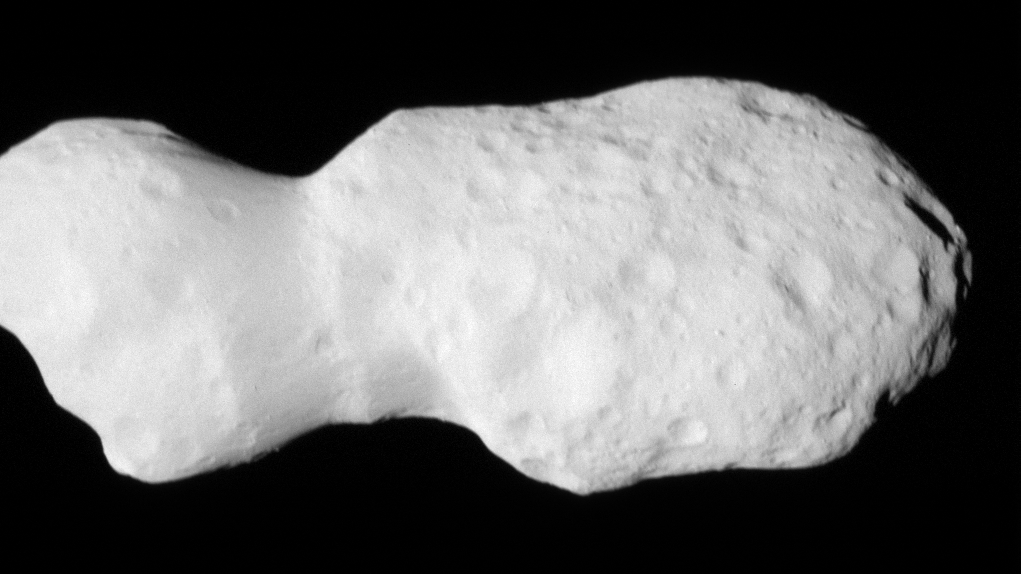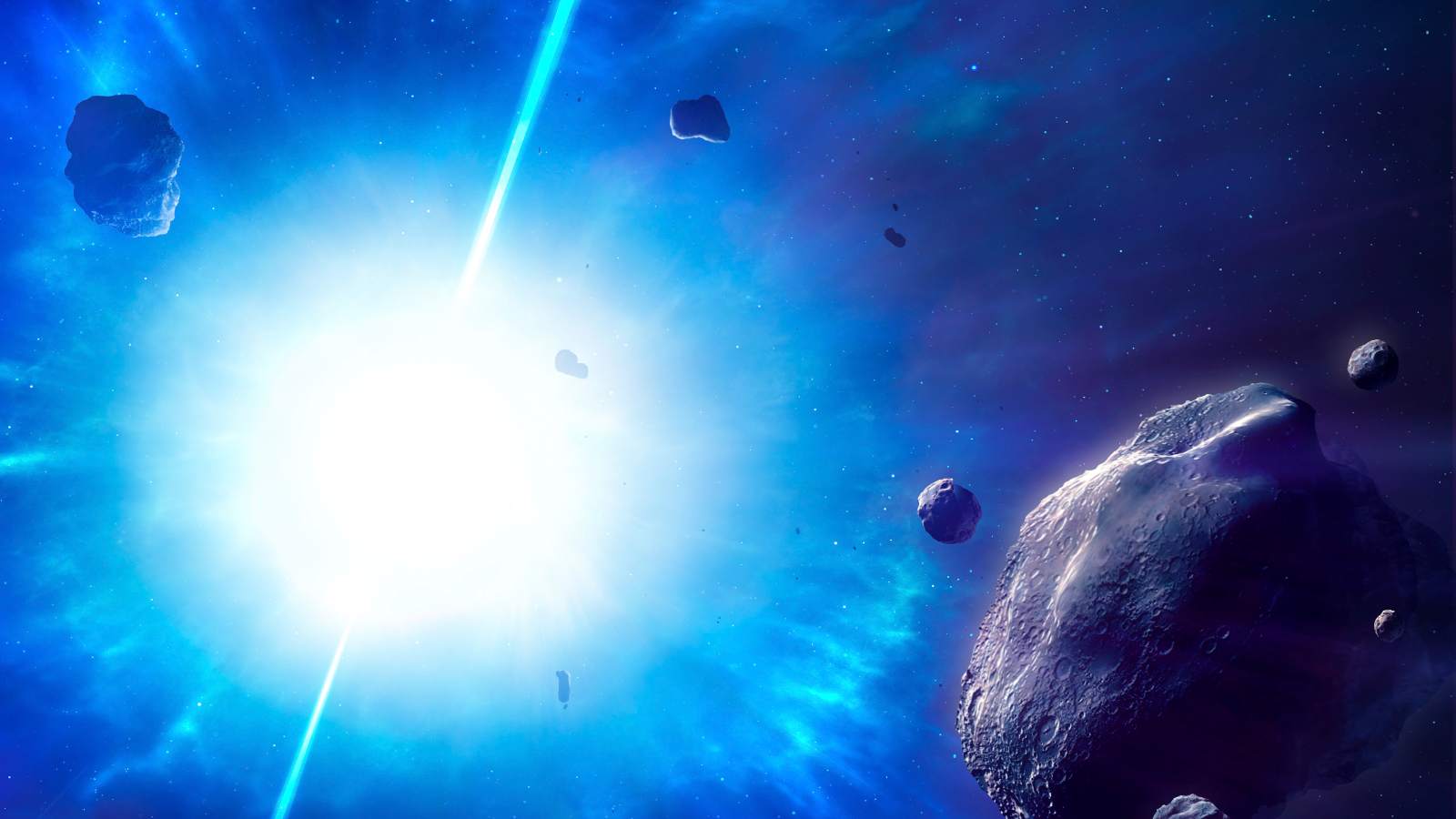Scythian on horseback: A 2,400-year-old gold sculpture of a warrior heading into battle
The Scythians were a nomadic group known for creating elaborate gilded artworks.
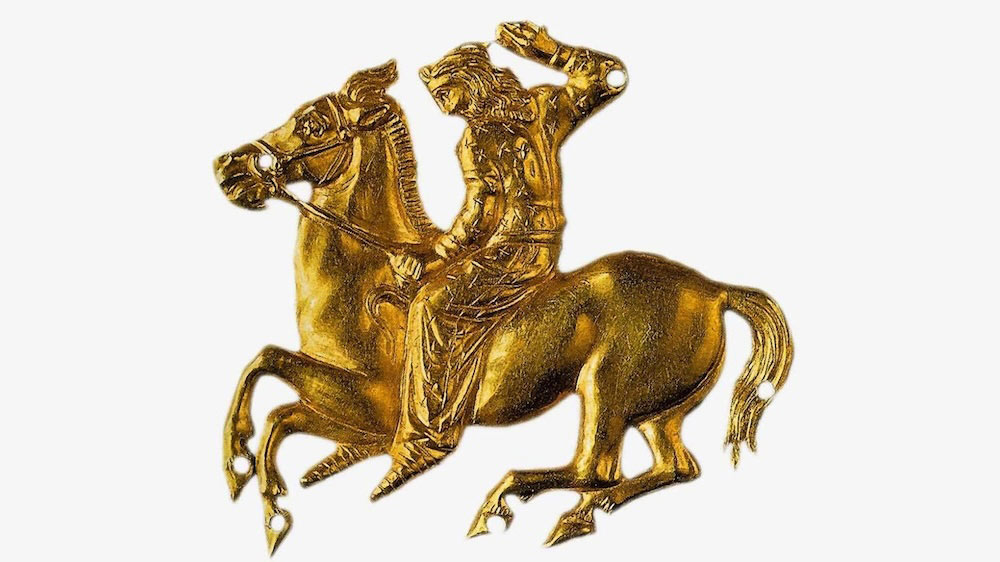
Name: A Scythian on horseback
What it is: A gold plaque depicting a Scythian riding a horse
Where it is from: The Black Sea region in what is now Turkey
When it was made: Around 400 to 350 B.C.
Related: Cave of Swimmers: 9,000-year-old rock art of people swimming in what's now the arid Sahara
What it tells us about the past: The Scythians were a diverse but culturally-related group of nomadic people who lived in what's now southern Siberia, Central Asia and the northern Black Sea region from about 800 to 300 B.C.
However, not much is written about these fearsome warriors, and what we do know comes from outside perspectives. For example, in the fifth century B.C., Greek historian and geographer Herodotus wrote, "None who attacks them can escape, and none can catch them if they desire not to be found."
Sign up for the Live Science daily newsletter now
Get the world’s most fascinating discoveries delivered straight to your inbox.
Much of the Scythians' history can be pieced together through the artifacts they left behind. Not only were they prolific goldsmiths, but they're also known for breeding domesticated horses. A 2017 study found that the Iron Age Scythian nomads managed to avoid inbreeding horses and selected for specific coat colors and robust forelimbs. In fact, the majestic animals often crop up in goldworks created by the group, including this plaque of a warrior on horseback, according to The Gemmological Association of Great Britain.
In the piece, a bearded man rides into battle, a weapon in hand, ready to strike his enemy. Unlike other cultural groups, the Scythians were known for using elaborately decorated weapons — such as daggers, knives and arrowheads — that were often inlaid with gold. Many of these items have been discovered in burials, according to the journal ArcheoSciences.
Jennifer Nalewicki is former Live Science staff writer and Salt Lake City-based journalist whose work has been featured in The New York Times, Smithsonian Magazine, Scientific American, Popular Mechanics and more. She covers several science topics from planet Earth to paleontology and archaeology to health and culture. Prior to freelancing, Jennifer held an Editor role at Time Inc. Jennifer has a bachelor's degree in Journalism from The University of Texas at Austin.



